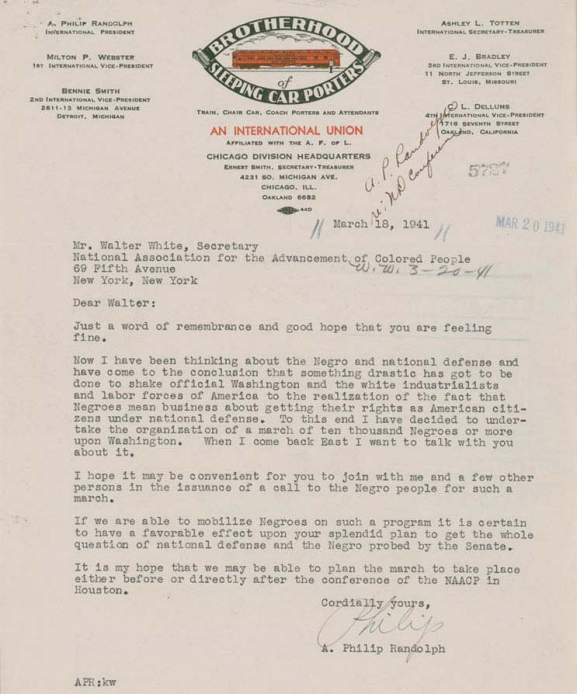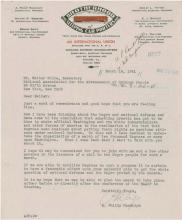
Civil Rights During WWII
Performance assessments require students to demonstrate what they know and can do. Often expressed as “authentic” (as much like the real world as possible). In this performance task, high school students compare several pieces of evidence from the Civil Rights Movement during WWII.
This performance task requires students to compare text, sound files, and images to deepen their understanding of the efforts by African Americans to advance the Double V Campaign (victory over racism at war and at home) during WWII. A timeline helps students sequence and visualize the relative length of time between events.
Anticipating a growing national emphasis on the use of text analysis, even before release of the Common Core, the Collaborative recruited teachers from its Teaching American History program to develop and field test primary source-based assessments.
Civil Rights During WWII Performance Assessment from Collaborative for Educational Services
The following principles helped ensure engaging, useful, and practical assessments:
- Students will analyze and write in depth about the main source of evidence in History: primary sources.
- Tasks will be worthwhile in their own right, providing a learning experience as well as generating information about student knowledge and skills.
- Topics will be familiar, but at least one source in each task will (ideally) be new to all students.
- Sources will be accessible, including images.
- Assessments should take less than one hour.
This assessment was developed by the Emerging America Program of the Collaborative for Educational Services
with funding from the U.S. Department of Education Teaching American History Program.
Teachers may use it freely as long as full credit is given.
Featured Source
Using This Source
How does historical thinking help us to understand and interpret materials from the past?
How can we build credible knowledge based on what are often fragmentary and puzzling images, documents, and objects?
Each Featured Source models an approach to inquiry-based instruction from the Library of Congress. Emerging America guides you in exploring a sample source from the vast digital collections of the Library of Congress.
For more information about Historical Thinking please visit our
AHA Historical Thinking Benchmarks page.
Image Source:
Prints & Photographs Online Catalog, Library of Congress.



